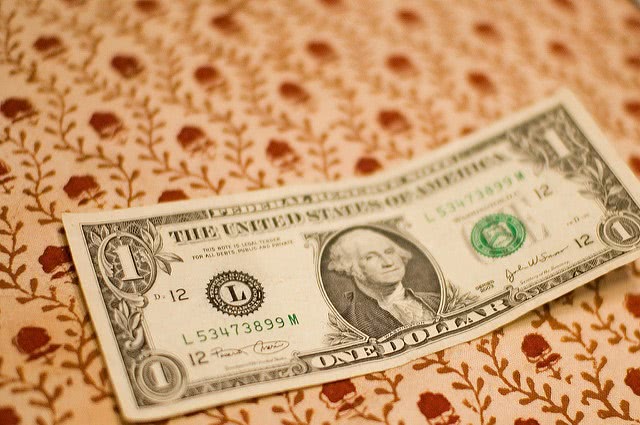
Flickr user Stewart Butterfield
If you’ve just started filling out applications for loans or you’re receiving loan offers and you’re not quite sure what to choose, it’s important to know the differences between a federal and private student loan. Here are just a few examples of how they differ:
Private Student Loans May Require Earlier Payment
When it comes to federal direct subsidized loans, the borrower won’t have to start repaying until 6 months after graduation. However, private student loans may require you to start paying back the money right away. Look closely at the term agreements to see how your deal is structured.
It’s important to mention federal unsubsidized student loans here as well too. This type of loan asks that you start paying back interest as soon as you begin school. Though, in this case, you can request a deferment. The interest that accumulates is added to the principal amount of the loan and then accrues interest as well.
Federal Student Loans Generally Don’t Need a Credit Check
To qualify for federal student loans, you generally don’t need to get a credit check. In fact, these loans can actually help you establish or build good credit if you pay them back on time. Private loans on the other hand usually require you to have good credit. Your interest and loan amount will depend on this. If you don’t have any or it’s poor, you may be required to get a cosigner.
The exception to this rule is federal PLUS loans. They ask that you don’t have an adverse credit history. However, these types of loans are only available to graduates, professionals, or parents of an undergraduate.
Private Student Loans Aren’t Based on Financial Need
Subsidized student loans from the government and Federal Perkins Loan Program from the school are entirely based on your financial need. Unsubsidized loans and private loans aren’t. Even if you’re offered both unsubsidized and subsidized student loans from the government, it may not be enough to pay for college. Private loans may help you bridge the gap.
Federal Student Loans Have a Fixed Interest Rate
When you apply for federal student loans, you already know the interest rate you will be offered if you receive an offer. Both subsidized and unsubsidized loans had an interest rate of 4.45% for the 2017-2018 school year. The interest rate you start with will remain the same for the entire time the loan exists.
However, private loans can sometimes have variable rate loan interest rates, which means they may increase or decrease over time. Although the interest rate may be lower to start when compared to federal student loans, it could go up later on. This completely depends on the agreement, so it’s important to look over everything. The interest rate will be determined by your credit, your co-signer and their credit, and how long the loan is for.
You can apply for federal student loans through FAFSA (don’t forget to complete the FAFSA!), the Free Application for Federal Student Aid. If you’re interested in learning more about private student loans available to you, it’s a good idea to start with your current bank and see what you are offered.
Use College Raptor’s new Student Loan Finder to compare lenders and interest rates side by side!
| Lender | Rates (APR) | Eligibility | |
|---|---|---|---|
 |
5.34%-15.96%* Variable
3.99%-15.61%* Fixed
|
Undergraduate and Graduate
|
VISIT CITIZENS |
 |
4.92% - 15.08% Variable
3.99% - 15.49% Fixed
|
Undergraduate and Graduate
|
VISIT SALLIE MAE |
 |
4.50% - 17.99% Variable
3.49% - 17.99% Fixed
|
Undergraduate and Graduate
|
VISIT CREDIBLE |
 |
6.00% - 13.75% Variable
3.99% - 13.75% Fixed
|
Undergraduate and Graduate
|
VISIT LENDKEY |
 |
5.50% - 14.56% Variable
3.69% - 14.41% Fixed
|
Undergraduate and Graduate
|
VISIT ASCENT |
 |
3.70% - 8.75% Fixed
|
Undergraduate and Graduate
|
VISIT ISL |
 |
4.99% - 16.85% Variable
3.47% - 16.49% Fixed
|
Undergraduate and Graduate
|
VISIT EARNEST |
 |
5.00% - 14.22% Variable
3.69% - 14.22% Fixed
|
Undergraduate and Graduate
|
VISIT ELFI |






